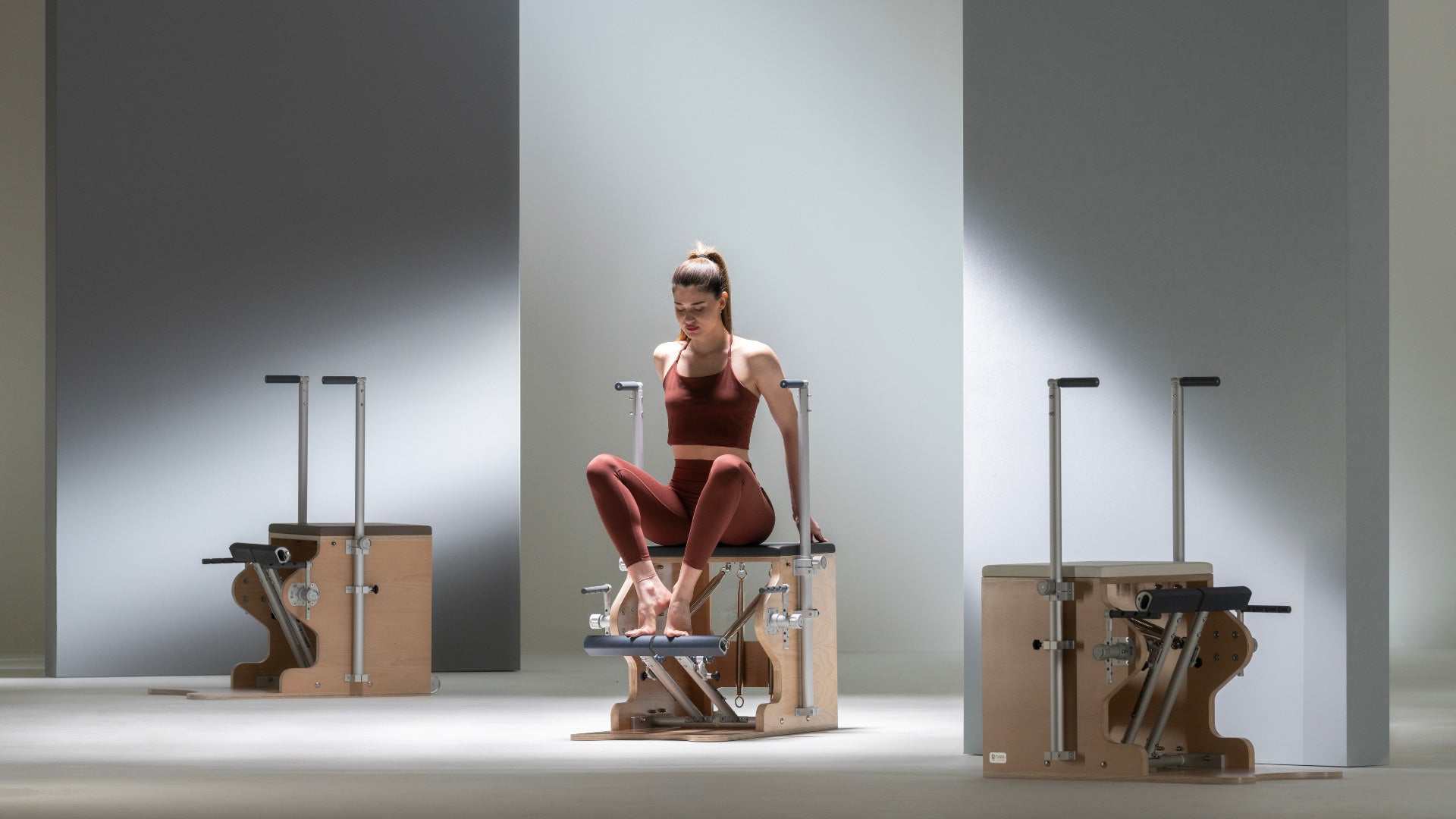Owning a Pilates studio is a business, and it’s crucial to have operational metrics and business plans for maximum success. The better you can measure elements like client retention, revenue, and the impact of different campaigns or class structures, the better you can zero in on what makes your studio successful. Start by determining the KPIs, or key performance indicators, that you think should drive your business decisions. We recommend starting with these five: retention, revenue, value per client, attendance, and client satisfaction.
KPI #1: Client Retention Rate
In virtually all businesses, the cost of acquiring new clients is much higher than the cost of retaining them. If you can keep clients coming back, you can grow your business, accurately predict attendance, and focus on quality instead of just client outreach. Measure client retention by duration or by measuring the percentage of clients you retain after benchmarks of three months, six months, and a year.
If you see low retention, it may be due to poor instructor quality, uncomfortable facilities and equipment, or a class experience that didn't measure their expectations. Boost client retention through efforts like hiring experienced instructors, asking clients what types of classes interest them most, and investing in high-quality equipment that feels safe and comfortable.
KPI #2: Revenue Per Square Foot
Revenue is always a key business metric. Divide your monthly or quarterly revenue by the square footage of your studio space to determine revenue per square foot.
This metric is important because it gives you clear insight into if your studio is too big, if your business can support moving to a larger space, or if you need to prioritize space optimization. Some strategies you can use for better space optimization are:
- Filling up the calendar with more classes
- Subdividing the space so there is room for concurrent individual use and private instruction
- Running campaigns to grow class sizes
- Switching to compact pilates equipment, like BASI Systems's compact Reformer options, to save on space without shrinking down class sizes
- Expand into multiple types of events, classes, instruction opportunities, and open studio windows
KPI #3: Average Client Value
How much value does your average client bring in? This includes their attendance at paid events, the number of classes they attend (as well as if they purchase access through single tickets or multi-pass options), and if they buy accessories and merchandise through your studio. You can even figure in client value based on the number of referrals they bring in.
Once you know the numbers, you can:
- Offer packages that better fit client needs while offering a sufficient margin.
- Cater to your high-value clients' interests.
- Identify spending patterns that you want to capitalize on.
- Offer referral perks and loyalty program benefits.
Over time, you can measure the impact on client value and overall revenue.
KPI #4: Class Fill Rate
Analyze what percentage of your available classes are filled. You can get a general average, but it's also worth identifying the fill rate for different class types, at peak and off-peak times, and throughout the seasons. This information will help you identify which instructors and classes are the most popular, which classes need to size up or size down, and if you need to rearrange the schedule.
KPI #5: Net Promoter Score
Finally, always talk to your clients directly to measure your studio's performance. Use net promoter score systems to see if clients are objectively satisfied and if they would refer your business. Track the rate of responses, if the scores change over time, and any specific feedback or suggestions you receive.
Over time, visibly and substantively act on client feedback. This makes your clients feel empowered and shows you are continually improving your business.
Use Your KPIs to Measure What Matters Most
As you dive into the metrics behind your business operations, use the data to start making purchase decisions. For example, you can invest in Compact Reformers to maximize your revenue per square foot and add more Wunda Chairs to your collection so you can retain and engage more clients. Browse our selection of options at BASI Systems to get started. If you’re in the U.S., you can shop our catalog here.





Share:
How to Design Inclusive Pilates Classes
BASI Systems Partners with FitLink to Expand into Germany and Spain